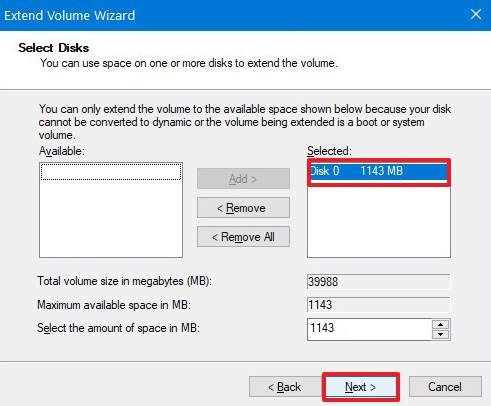
 It provides information like partition name, health status, total storage capacity, and free space. Gives you real-time information on a drive’s temperature, performance, and health. It helps you detect and alert the user about any anomaly on the hard drive. It runs in the background to monitor hard disk health and performance. Provide an option to scan and display bad sectors on the hard disk. It also offers a SMART status feature that helps you to track health & critical information of the drive. You can also create a replica of your entire hard drive (source disk) to an external drive (target disk). It also offers the ‘Clone Disk’ option, which helps you recover data from hard disks with many bad sectors. Stellar Drive Monitor is easy to use hard drive health checker tool that facilitates hard disk scanning for bad sectors. This tool has a built-in wizard that restores various types of images. It allows the user to perform partitioning operations to keep disks properly organized. Copy or restore files to a hard disk with various sector sizes. This tool enables users to clone their OS to a USB flash drive and use it. Users can keep your disk properly organized. (You'll probably only need to do this if you're migrating from a hard drive to a smaller SSD we have a separate guide on that process here. If it isn't, you'll need to free up space on your source drive and shrink the main partition down to fit. In most cases, your destination drive will probably need to be as large as, or larger than, your source drive. Once you've connected your drive, you can go through the cloning process, then disconnect it and install the drive internally. If, however, you're using a laptop with only one drive bay, you'll need an external SATA-to-USB adapter, dock (Opens in a new window), or enclosure to connect your bare drive to the computer.
It provides information like partition name, health status, total storage capacity, and free space. Gives you real-time information on a drive’s temperature, performance, and health. It helps you detect and alert the user about any anomaly on the hard drive. It runs in the background to monitor hard disk health and performance. Provide an option to scan and display bad sectors on the hard disk. It also offers a SMART status feature that helps you to track health & critical information of the drive. You can also create a replica of your entire hard drive (source disk) to an external drive (target disk). It also offers the ‘Clone Disk’ option, which helps you recover data from hard disks with many bad sectors. Stellar Drive Monitor is easy to use hard drive health checker tool that facilitates hard disk scanning for bad sectors. This tool has a built-in wizard that restores various types of images. It allows the user to perform partitioning operations to keep disks properly organized. Copy or restore files to a hard disk with various sector sizes. This tool enables users to clone their OS to a USB flash drive and use it. Users can keep your disk properly organized. (You'll probably only need to do this if you're migrating from a hard drive to a smaller SSD we have a separate guide on that process here. If it isn't, you'll need to free up space on your source drive and shrink the main partition down to fit. In most cases, your destination drive will probably need to be as large as, or larger than, your source drive. Once you've connected your drive, you can go through the cloning process, then disconnect it and install the drive internally. If, however, you're using a laptop with only one drive bay, you'll need an external SATA-to-USB adapter, dock (Opens in a new window), or enclosure to connect your bare drive to the computer. 
If you have a desktop computer and both drives are installed internally (or you're just cloning to a USB external drive for backup), great! You're ready to continue. How to Set Up Two-Factor Authenticationįor this process, you'll obviously need two drives: the source drive (with the data you want to clone), and the destination drive (where you're cloning that data to).How to Record the Screen on Your Windows PC or Mac.How to Convert YouTube Videos to MP3 Files.How to Save Money on Your Cell Phone Bill.

How to Free Up Space on Your iPhone or iPad.How to Block Robotexts and Spam Messages.







 0 kommentar(er)
0 kommentar(er)
